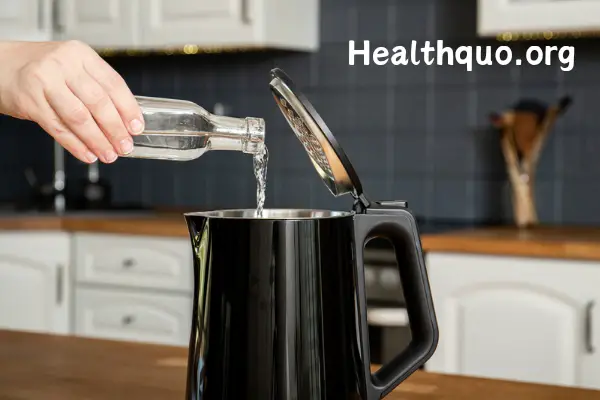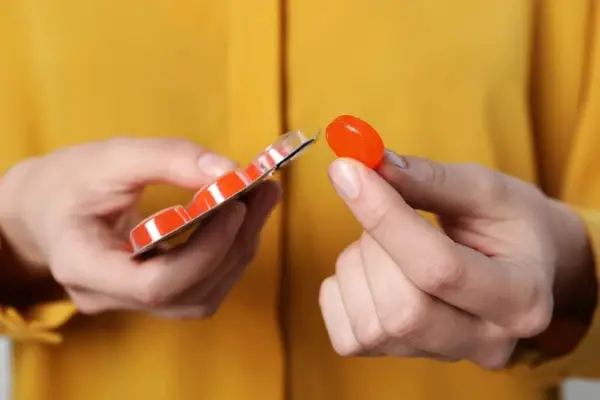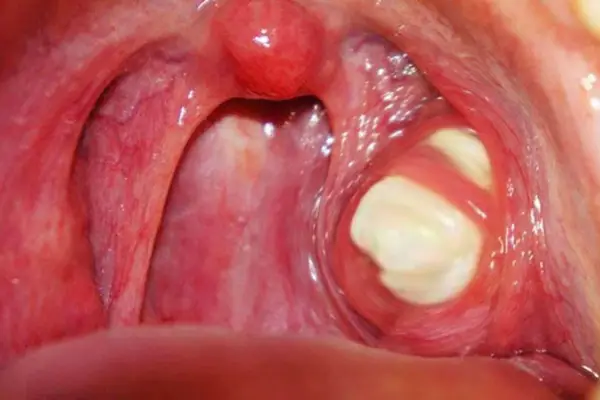The accidental ingestion of descaler is a dire medical emergency, calling for immediate and specific action. Descalers, which are typically used to remove mineral deposits, contain powerful chemicals such as hydrochloric acid, citric acid, acetic acid, glycolic acid, and sulfamic acid.
Ingesting these substances can lead to internal burns, tissue damage, and other serious health complications. If you or someone around you has accidentally consumed a descaler, the first crucial step is to rinse the mouth thoroughly with water to remove any residual chemical. This helps in diluting the concentration of the acid and reducing its corrosive effect.
Drinking small amounts of water or milk can further help to dilute the swallowed acid along the pharynx, esophagus and even the stomach, but avoid inducing vomiting as it can cause additional harm.
After these immediate measures, seek emergency medical attention right away. Prompt action and accurate information about the ingested descaler are vital for effective medical intervention.
Common Composition Of Descalers & Risks
Descalers, essential in both household and industrial cleaning, are formulated to effectively remove lime scale, rust, and mineral deposits. However, the efficacy of these products is largely due to their chemical composition, which often includes potent acids. Most descalers contain at least one of these acids.
Hydrochloric Acid (HCl)
This is a strong, corrosive acid commonly found in industrial-grade descalers. It’s highly effective in breaking down tough mineral deposits. However, its strength poses significant risks especially with a high concentration of 5 to 10% in most descalers as opposed to 0.5% concentration of stomach HCl.
If ingested, hydrochloric acid can cause severe burns to the mouth, throat, esophagus, and stomach, leading to serious internal injuries. Inhalation of its fumes can also irritate the respiratory tract.
Citric Acid
Though naturally found in citrus fruits and perceived as safer, citric acid in concentrated forms can still pose risks. In descalers, it’s used for its ability to chelate minerals, making it effective against scale buildup.
While less corrosive than hydrochloric acid, ingestion in large quantities can cause irritation or damage to the stomach lining, potentially leading to gastrointestinal distress.
Acetic Acid
Best known as the main component of vinegar, acetic acid in descalers is much more concentrated. It’s effective in dissolving mineral deposits and cleaning surfaces. However, high concentrations can cause corrosive injuries.
Ingesting concentrated acetic acid can lead to severe oral and gastric burns, and its strong odor and vapor can irritate the eyes and respiratory system.
Glycolic Acid
This acid is used for its effectiveness in penetrating and dissolving scale deposits. Glycolic acid ingestion can disrupt the body’s acid-base balance and metabolic processes, leading to systemic toxicity.
It can also cause burns to the digestive tract and may have systemic toxic effects if absorbed in large amounts.
Sulfamic Acid
Commonly used in household descalers, sulfamic acid is prized for its descaling properties, particularly in areas with hard water.
Like hydrochloric acid, it can cause severe corrosive damage upon ingestion, affecting the mouth, throat, and stomach. It also poses risks of skin and eye irritation upon contact.
Symptoms
Here’s a list of symptoms that may occur following the ingestion of descalers:
- Oral and throat pain
- Difficulty swallowing (Dysphagia)
- Nausea and vomiting
- Abdominal pain
- Respiratory distress
- Drooling
- Visible burns around the mouth and lips
- Heartburn
- Chest Pain
- Dizziness or fainting
First Aid and Immediate Response
Never induce vomiting in the case of descaler ingestion. Doing so can cause more damage as the corrosive substance passes through the esophagus again.
If the person is conscious and able to do so, have them rinse their mouth with water to remove any remaining substance. Avoid swallowing the rinse water.
If the person is conscious and not convulsing, give them a small amount of water or milk to drink. This can help dilute the acidic substance. However, this should be done cautiously and in small sips to avoid causing vomiting or distress.
Any descaling acid that has made contact with the skin or clothing should be rinsed with plenty of water and the clothing should be carefully removed.
Quickly identify the specific descaler ingested, noting its main components and concentration if possible.
Check if the person is conscious, breathing, and able to speak. Assess for signs of distress or pain.
Dial your local emergency services or a poison control center number immediately. Provide them with all available details, including the type of descaler ingested, the amount, and the condition of the person.
Symptoms may not appear immediately but can rapidly progress to severe. Seek medical attention even if the person seems fine initially.
Make sure to take the descaler container or a picture of its label to the hospital. This information can be vital for healthcare providers to administer the correct treatment.
Prevention and Safety Measures for Descaler Use
Always store descalers in a secure, cool, and dry place, away from food and drink. Ideally, they should be kept in a locked cabinet or on a high shelf out of reach of children and pets.
Keep descalers in their original containers with original labels. This helps in identifying the contents and understanding the associated risks.
When handling descalers, wear appropriate protective gear such as gloves, goggles, and masks to prevent skin and eye contact and inhalation of fumes.
Ensure good ventilation in the area where descalers are being used to avoid inhalation of harmful fumes.
Ensure all containers are clearly labeled, highlighting the potential hazards. If the original label becomes unreadable, re-label the container clearly.
Utilize containers with child-resistant caps to reduce the risk of children accessing the contents.
Teach all family members, especially children, about the dangers of these chemicals. Clear communication about the risks can prevent accidental ingestion.
Alternatives to Chemical Descalers
1. Vinegar and Baking Soda: A mixture of vinegar and baking soda can be an effective descaling solution for many household applications, like cleaning coffee machines and faucets.
2. Lemon Juice: Due to its natural citric acid content, lemon juice can be used to remove limescale, especially in smaller or less severe cases.
3. Commercial Eco-Friendly Descalers: Look for descalers that are labeled as eco-friendly or non-toxic. These products are usually less harmful but still effective.
Prognosis
The prognosis after descaler ingestion depends on several factors
Type and Concentration of the Chemical: Different chemicals have varying levels of toxicity.
Amount Ingested: Larger quantities generally result in more severe outcomes.
Timeliness and Effectiveness of Treatment: Prompt medical intervention can significantly improve outcomes.
Individual Health Factors: Age, overall health, and pre-existing conditions can influence recovery.
Extent of Internal Damage: Severity of burns to the mouth, throat, esophagus, and stomach impacts prognosis.





